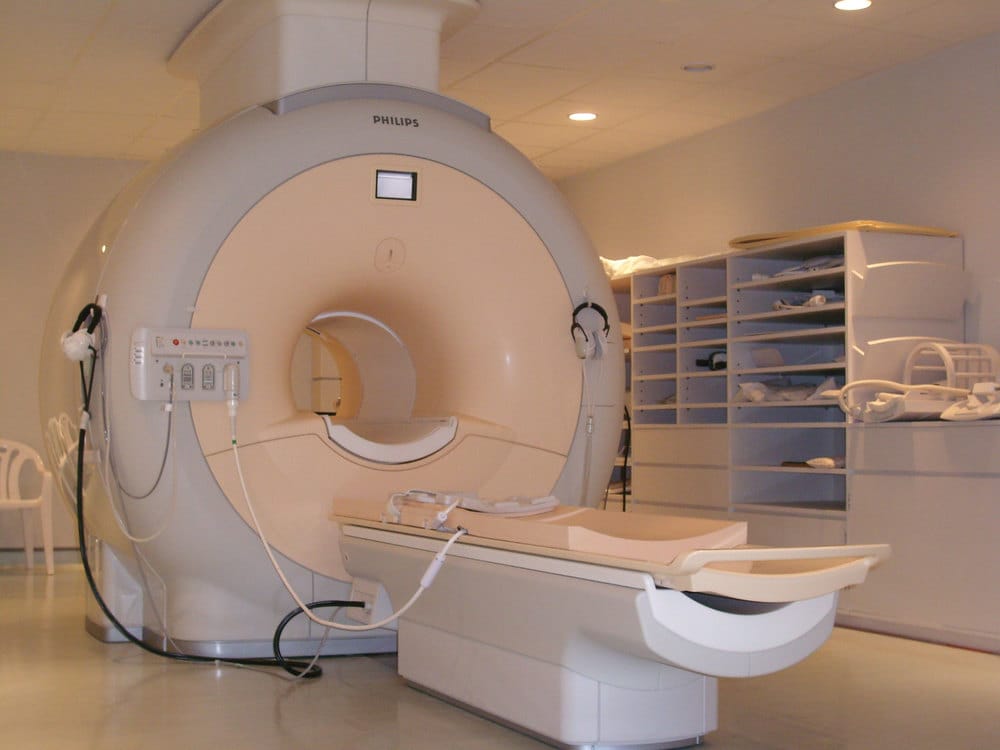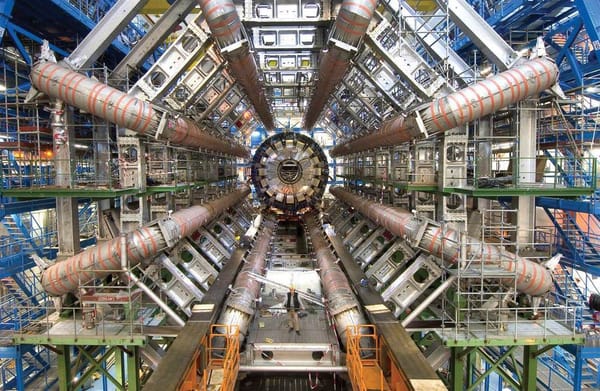The brain is king
Marie-Laure Hicks on how marketing companies are trying to tap into your brain

As the economic crisis continues, companies are developing new methods to make you buy, by going straight to the source: your brain. Marketing and advertisement have generally relied on focus groups and surveys to determine the efficiency of a campaign. This method poses a problem as it is difficult to measure a spontaneous reaction. Participants are asked a question and therefore consciously think about it, but 95% of consumer buying behaviour is unconscious. This is where neuroscience comes in.
In 2003, Read Montague and colleagues at the Baylor College of Medicine, Texas, decided to investigate the Pepsi Challenge with functional Magnetic Resonance Imaging (fMRI). Volunteers were given Pepsi or Coca Cola to drink, first in unlabelled cups. They were then given Pepsi or Coca Cola in labelled cups. Read Montague and colleagues measured brain activity as the volunteers sipped the beverage. The results were astonishing. Concerning the unlabelled drinks, volunteers expressed no distinct taste preference and most volunteers were unable to identify the brand.
However, when the drinks were labelled, the drink in the Coca Cola labelled cup was clearly preferred. The parts of the brain that were stimulated also varied. For the unlabelled cup, volunteers expressed high activity in the ventro-medial prefrontal cortex, associated with appetitive rewards. When the cups were labelled, the hippocampus, midbrain and dorsolateral prefrontal cortex were also stimulated. These regions of the brain are linked to emotions, memory and affective influence on behaviour. The text showed that in the case of Coke and Pepsi, taste was not the only factor necessary for preference: there was also a cultural factor linked to the brand.
A number of studies on brand loyalty have taken place since. They show that the cerebral behaviour of loyal customers is different to that of irregular customers in purchasing situations. Brand loyalty was associated with activity in the striatum, ventro-medial prefrontal cortex and anterior cingulate cortex, a network linked with emotions and rewards. On the other hand, when brand loyalty was not involved in a purchase choice, the brain activity patterns corresponded to more semantic processes like mathematical calculations, reading and strategic thinking. In the consumer society, successful brands are those that form an emotional link with their customer.
These findings are now being applied in neuromarketing to determine the efficiency of advertisement campaigns, packaging and brand image. NeuroFocus, an American company, uses three factors to determine the efficiency of ads: attention, emotional engagement and memory retention. Using an electroencephalogram (EEG), they are able to measure the changes in electrical fields in regions of the brain as a function of time. This method does not provide the same information as an fMRI. The location of the brain activity is not very accurate and signals deep inside the brain are difficult to measure, however being able to follow changes in brain activity on a second by second basis is very useful. It is also cheaper. Using results from ADHD, Alzheimer’s and phobia research, the different factors can be measured and quantized. The effectiveness of EEG measurements was verified by asking volunteers subjected to tests, whilst viewing adverts, related questions. Memorable and positive reception was linked to increased brain activity.
Marketing companies are now beginning to apply these theories. A Fanta advert, in which a girl crashes into a window, then walks off to start dancing and drink some Fanta given to her, was studied by Brain Impact, a European company studying unconscious decisions with fMRI. When the girl crashes into the window it triggers a peak of negative emotion, grabbing your attention and the ending then generates a positive emotion. The advert also stimulates the “emotional” regions of the brain, not the rational ones. EEG and fMRI provide the means to determine the exact trigger that will generate the emotions and stimulate the rewards and memory regions of your brain for increased impact.
Neuroscience has already provided us with new and useful information on the human brain, and neuromarketing is a growing area of research, especially in private industry, that has the potential to do the same. However, the capacity to manipulate the human brain into certain behaviours leads to serious ethical issues. Adverts that have been developed with information provided by neuroscience have been shown to trigger purchase intent. If businesses have the capacity to “read their clients’ minds”, will the best interest of consumers be taken into account? Scientists have suggested that addictions to shopping could be amplified. In addition, volunteers taking part in studies have no control over the personal information they provide and their privacy can be breached. With the absence of regulation, neuromarketing has potentially dangerous applications and could affect the freedom of choice of customers, especially as political campaigns are showing interest in neuromarketing.








